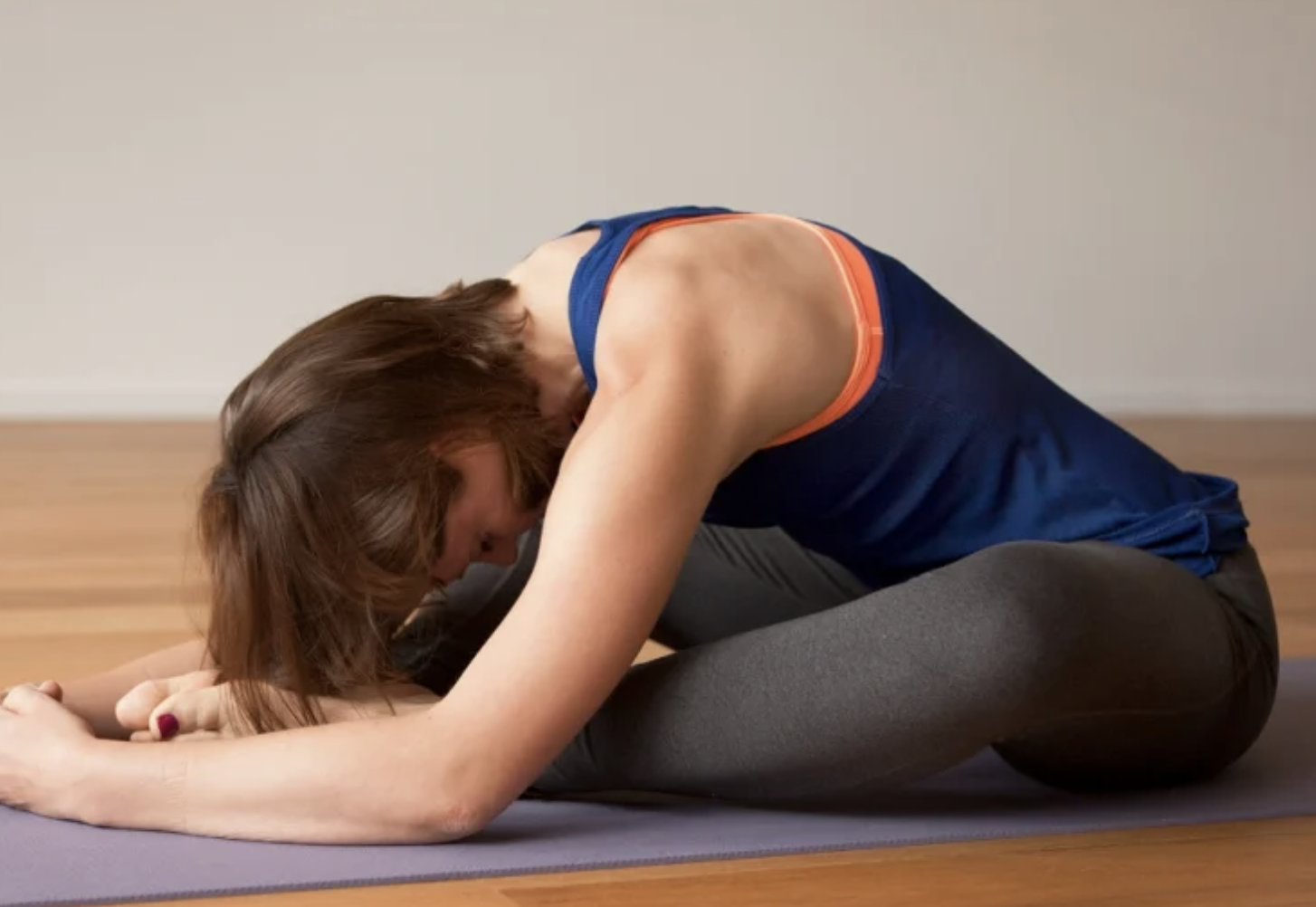Yin Yoga to Help Ease Pelvic Pain and Tension
By Aila Agustin, Reg. Kin
What is it?
Yin yoga initially called “Daoist” yoga is a style of practice that targets the deep connective tissues and the fascia that covers the body. This style of yoga generally focuses on the hips, pelvis and lower spine and involve passive postures mainly performed on the floor.
During practice you are asked to relax the muscles which in turn access the deeper connective tissues. Connective tissue responds best with slow and steady load. Hence it is not uncommon to see postures held for three to five minutes. The time spent in these postures is much like the time spent in meditation.
How will it benefit people with pelvic pain?
Yin yoga can be very therapeutic for those with hypertonic pelvic floor muscles. Chronic stress, physical trauma, excessive tension and unhealthy surrounding tissues are common causes of an underlying pelvic floor that is too tight or hypertonic.
With a hypertonic pelvic floor, the bones, muscles and connective tissues in the low back, hips and pelvis may be stressed. Yin yoga poses help penetrate these tissues through long held stretches that increase blood flow and promote smoother movements.
Yin yoga cultivates conscious breathing which turns off the sympathetic nervous system (SNS) and turns on the parasympathetic nervous system (PNS). When it comes to chronic pain, the SNS (fight or flight system) is constantly overactive, releasing too many excitatory chemicals for a prolonged period of time. With conscious breathing the PNS (rest and digest) is turned on, letting the muscles relax which puts the body into a state of calm and healing.
A number of studies have indicated that in chronic pain patients, greater mindfulness is associated with better function. In the stillness of yin yoga practice, participants are able to focus their attention to their breath and bodily sensations, their emotions and their minds with the purpose of being present in the moment.
Key benefits of Yin yoga:
– Stillness: calms and balances the mind and body
– Increases flexibility
– Releases fascia
– Improves joint mobility
– Reduces stress and anxiety
*The key to healthy life is balance. Yin yoga is one of the tools that can help bring equilibrium to our ‘on-the-go lifestyle’.


